Diagnostics Direct has been providing quality medical and institutional supplies at competitive prices for over 14 years. They supply a variety of products including personal protection, medical supplies, janitorial supplies, disinfectants, and of course, test strips.
But Diagnostics Direct isn’t just limited to medical supply. They also serve such industries as education, food service, hospitality, laboratories, and daycare centers.
With such a wide-reaching company, we knew we could ask them just about anything, but we decided to focus on something we haven’t touched on yet: disinfection in the hospitality industry. The helpful folks at Diagnostics Direct have provided us with some recommendations for cleaning and disinfecting procedures in hotels, and we think you’ll find it helpful.
Hotel Microbes
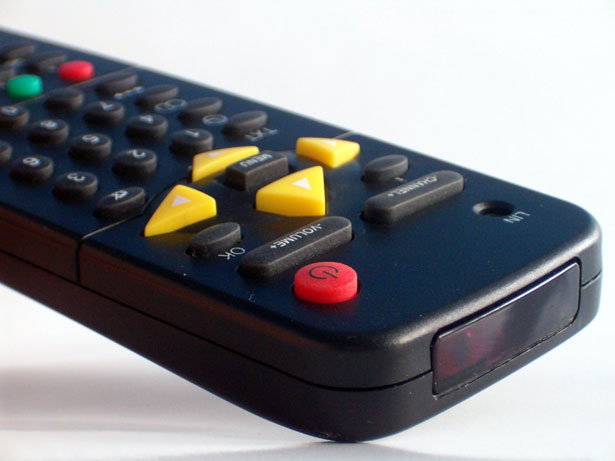
Hotels can often be crowded, and close contact between people can lead to an increased risk of spreading infection. Some microorganisms can survive on surfaces for up to several months, so regular disinfection is essential.
Where are the most common places to find high microbe counts in a hotel?
You’ve certainly heard the rumors, and we’ve found plenty of studies that have proven them true. Various investigations have revealed that microbe hot spots in hotels include bed comforters, bathroom faucets, TV remotes, bed throws, toilet bases, telephones, and bathroom sinks.
So what are some guidelines for hotels to follow to reduce the risk of infection transmission? Let’s take a look.
Non-Critical Surfaces
Thankfully, not all surfaces in a hotel pose a serious threat. Surfaces such as seating, floors, blinds and walls are non-critical surfaces, and detergent alone is usually sufficient enough to remove lingering microbes. However, if organic material, such as blood, is present, additional low-level disinfection is required.
Just be sure to use fresh detergents hourly, and after cleaning, make sure the surface is dry and free of detergent residue.
Critical Surfaces

Critical surfaces are those frequently touched by hands. They include the microbe hot spots we mentioned earlier, as well as other locations like railings, door handles, computer keyboards, cash registers, bar surfaces, drawers, bedside tables, light switches, information desks, waste receptacles, and so on and so forth. These surfaces should be disinfected daily using a low level disinfectant.
Examples of suitable disinfectants include:
- Quats (QAC)
- Hydrogen peroxide
- Sodium hypochlorite (bleach)
Bleach solutions are recommended for bathrooms as they are sporicidal. Bleach is a commonly used disinfectant, and 5.25-6.25% household bleach diluted 1:500 provides > 100ppm available chlorine, an acceptable level. (Check with your local health authority to ensure you’re following the correct guidelines.)
It’s important to realize that once opened, a bottle of household bleach will lose effectiveness after 30 days. Prepare fresh bleach solutions daily from bottles that have not been open for more than 30 days.
Diagnostics Direct offers two types of strips for testing the efficacy of a chlorine solution: Chlorine Test Papers and Mid-Level Chlorine Test Strips.
Chlorine Test Papers
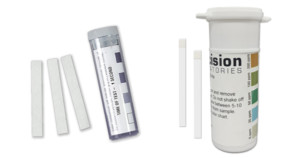
Chlorine test papers measure up to 200ppm, and they are a quick, inexpensive way to determine the presence of chlorine in a solution. These test papers are limited in their ability, so if you need a more exact reading, you should consider using the Mid-Level Chlorine Test Strips.
Chlorine test papers are semi-quantitative, meaning they use a single color indicator system with color charts calibrated to approximate values. You’ll notice the chlorine test paper color chart contains light to darker shades of purple. Sometimes, it can be difficult to tell the difference in colors, particularly if you’re trying to read between the increments on the chart, such as 150ppm. Doing this is beyond the capabilities of the test paper.
The Chlorine Test Papers are certainly suitable for testing solutions used for non-critical applications and general disinfection, however, they are limited in their capabilities.
Mid-Level Chlorine Test Strips
If you need a more accurate strip for critical disinfection or closer ppm increments, we recommend using the Mid-Level Chlorine Test Strip. Like the chlorine test paper, it measures up to 200ppm, but it’s a quantitative strip. It contains a specially formulated indicator system that provides a distinct color scheme and color chart calibrated to specific concentration values.
These strips contain a test pad on a plastic strip, and they are used for more accurate chlorine readings.
Overall, just remember it’s important to maintain fresh solutions from fresh bottles of bleach. Check the ppm level with a test strip before using the bleach solution, and re-check it any time you make up a new solution. A special thanks to Diagnostics Direct for their advice on this topic.


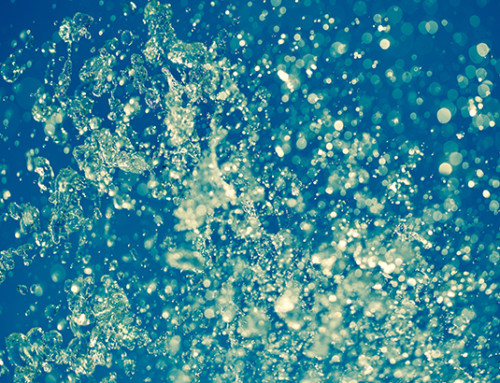
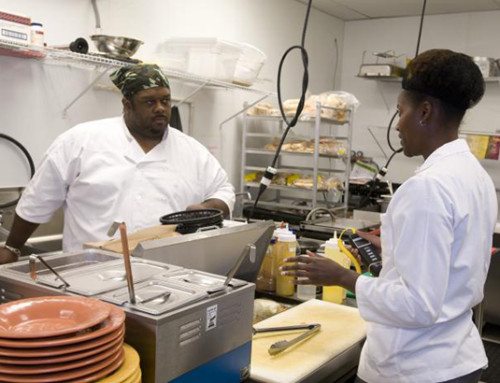
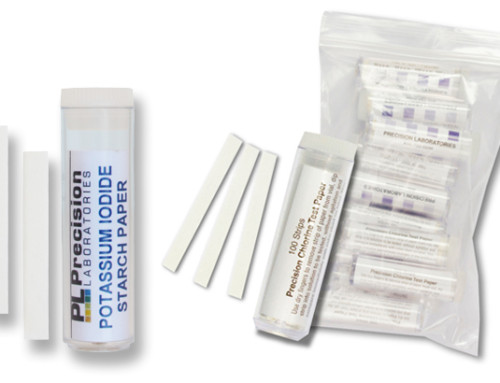
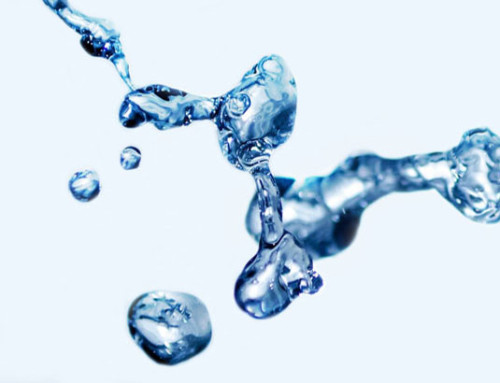
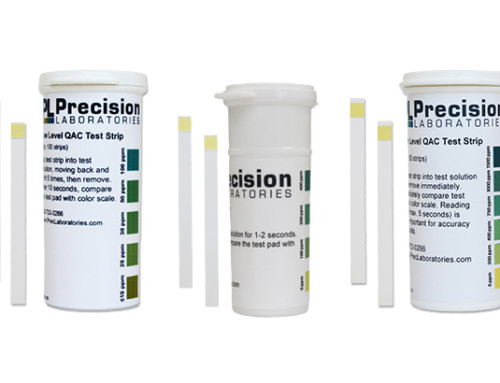
Leave A Comment